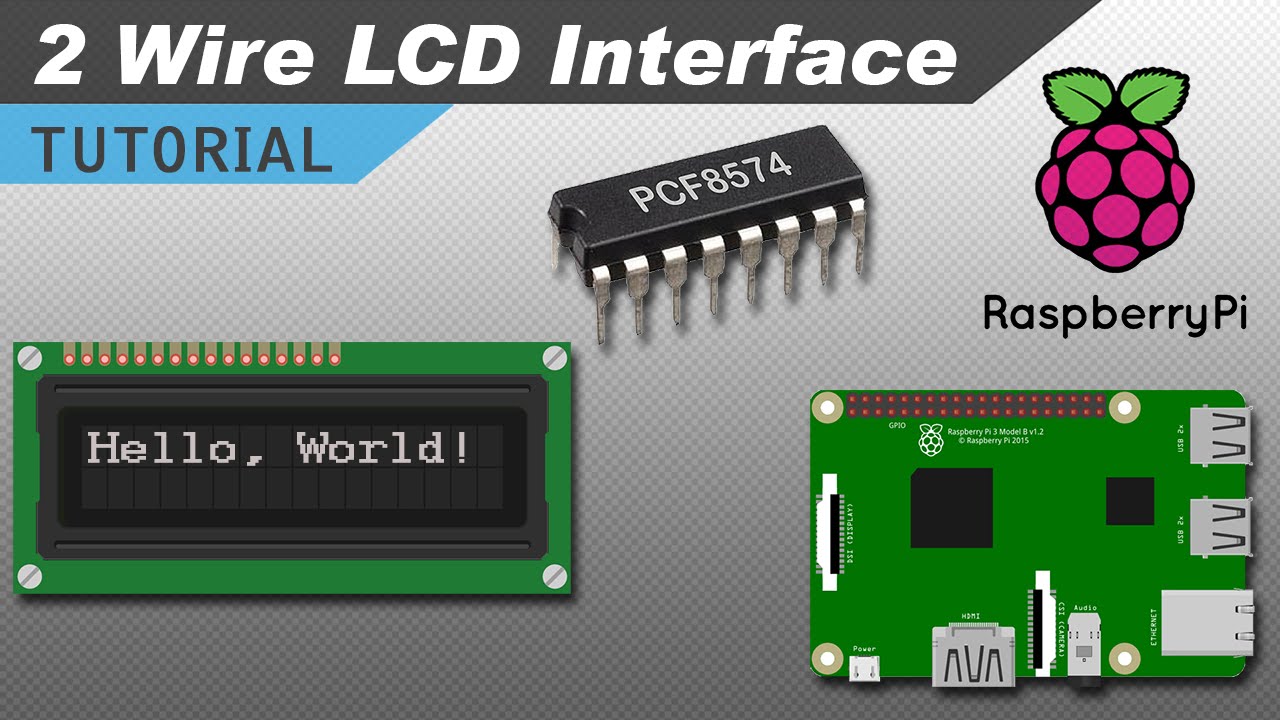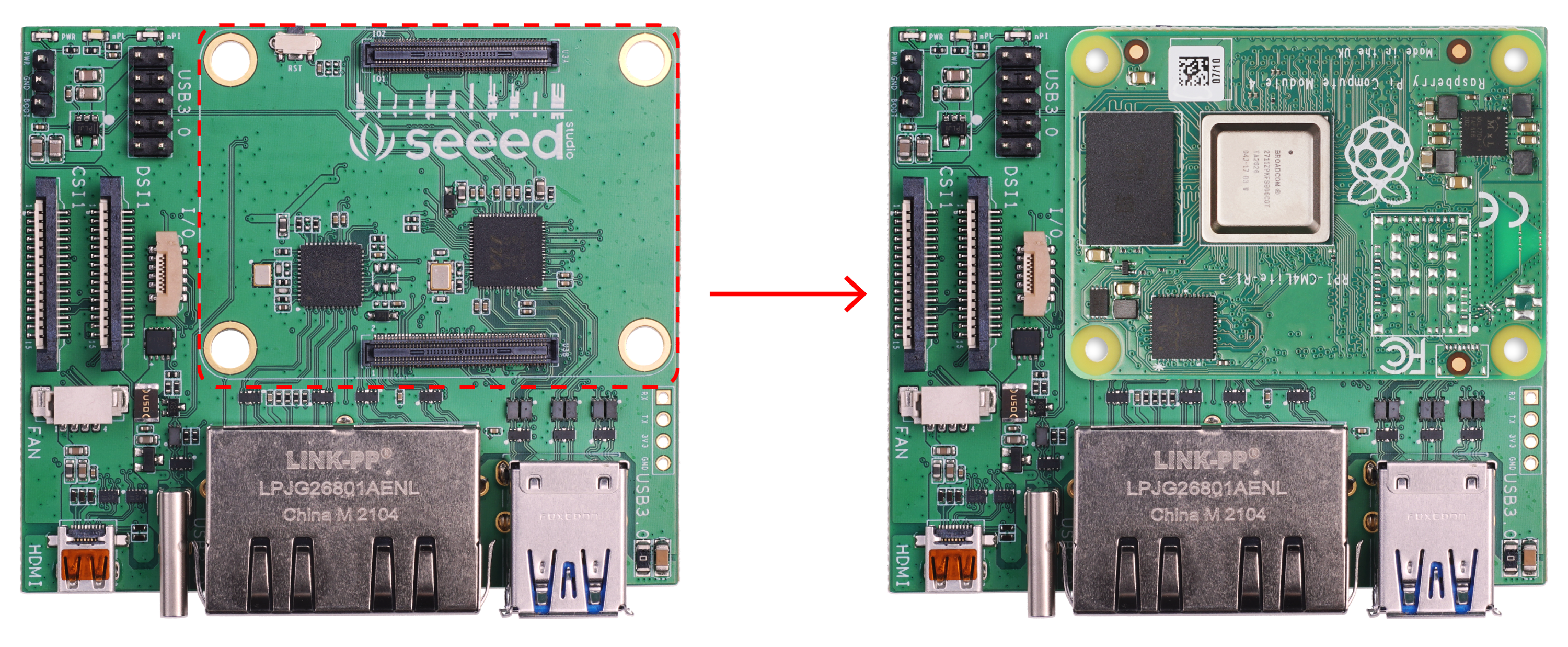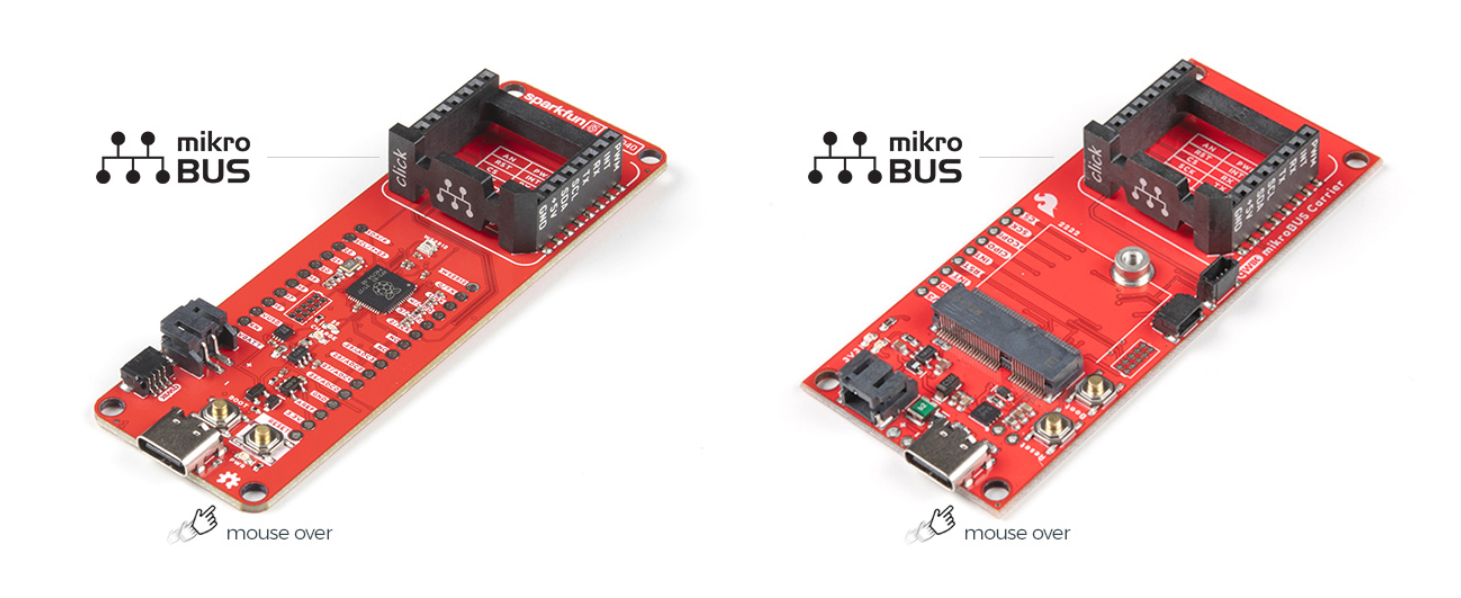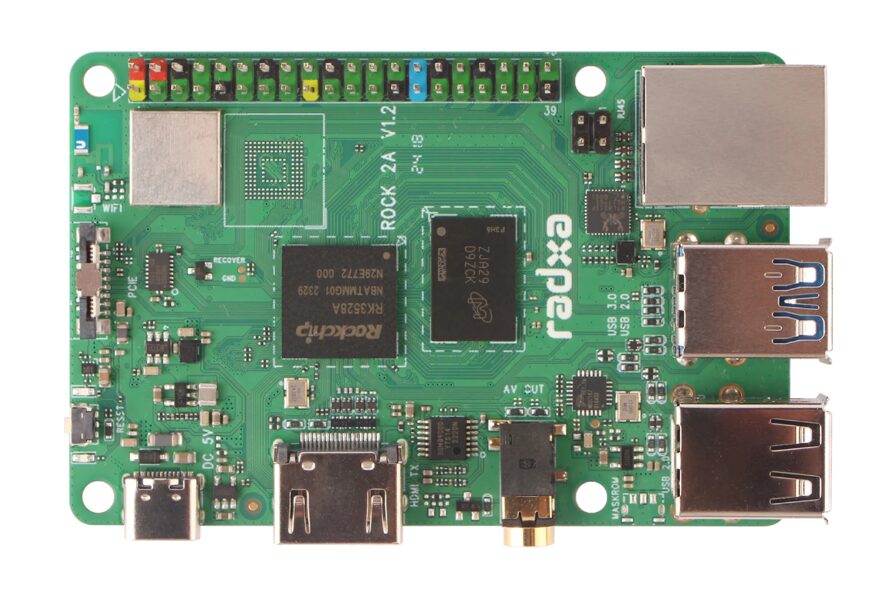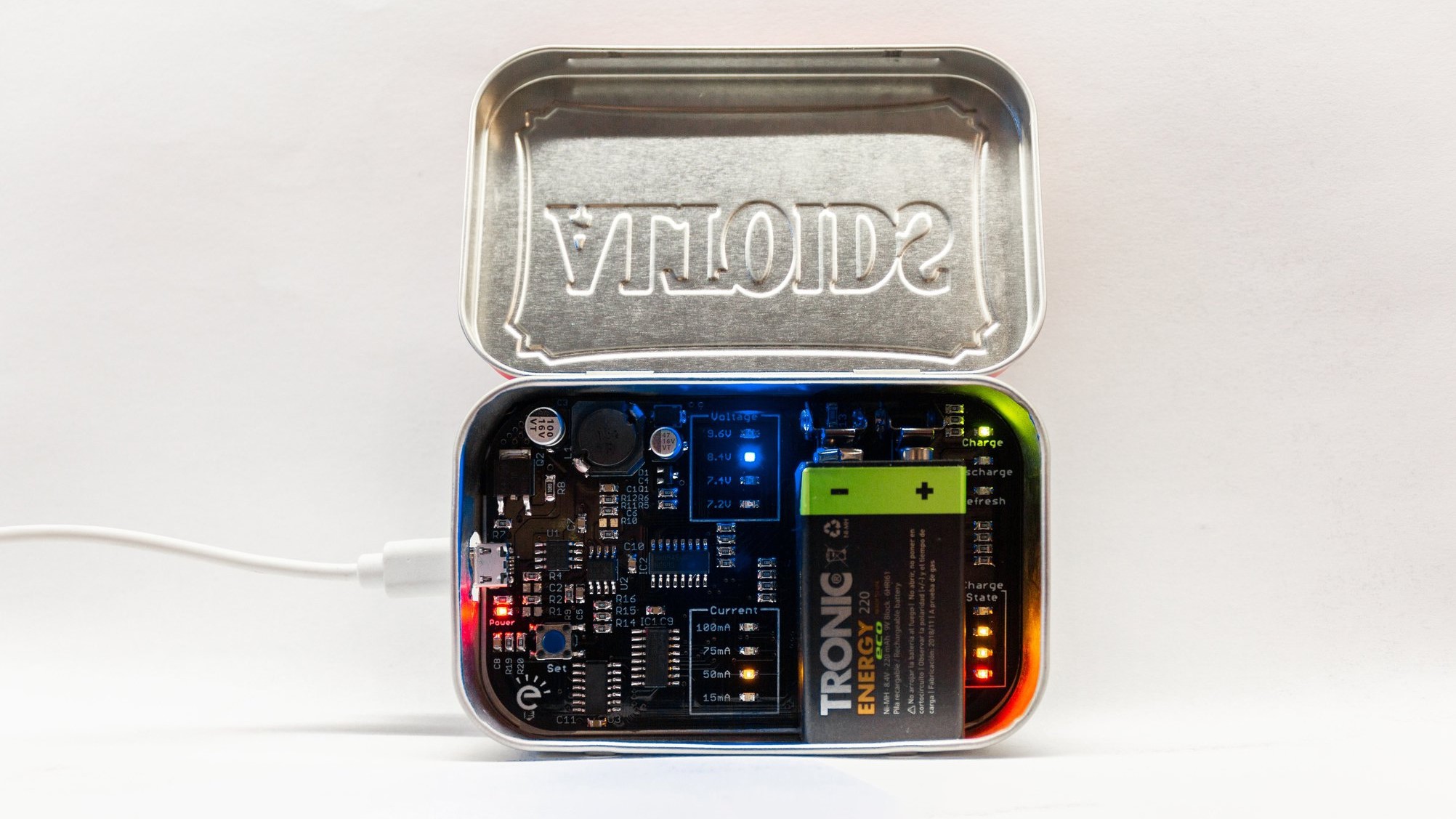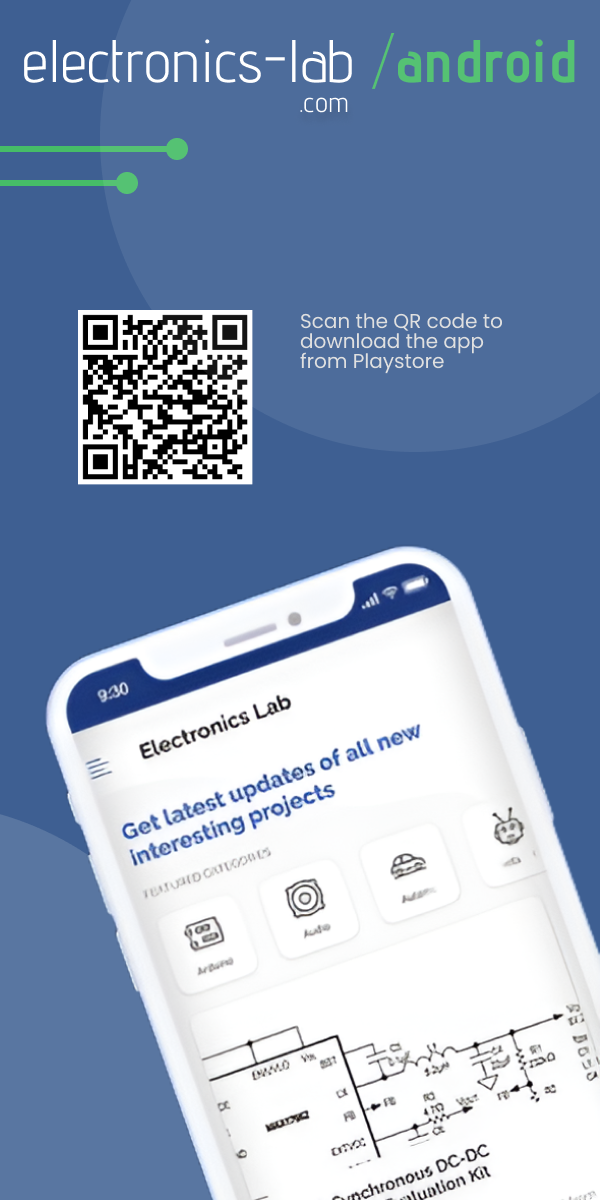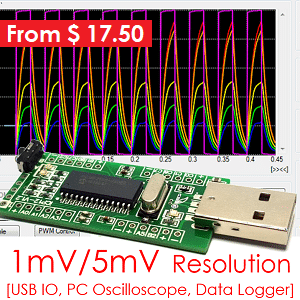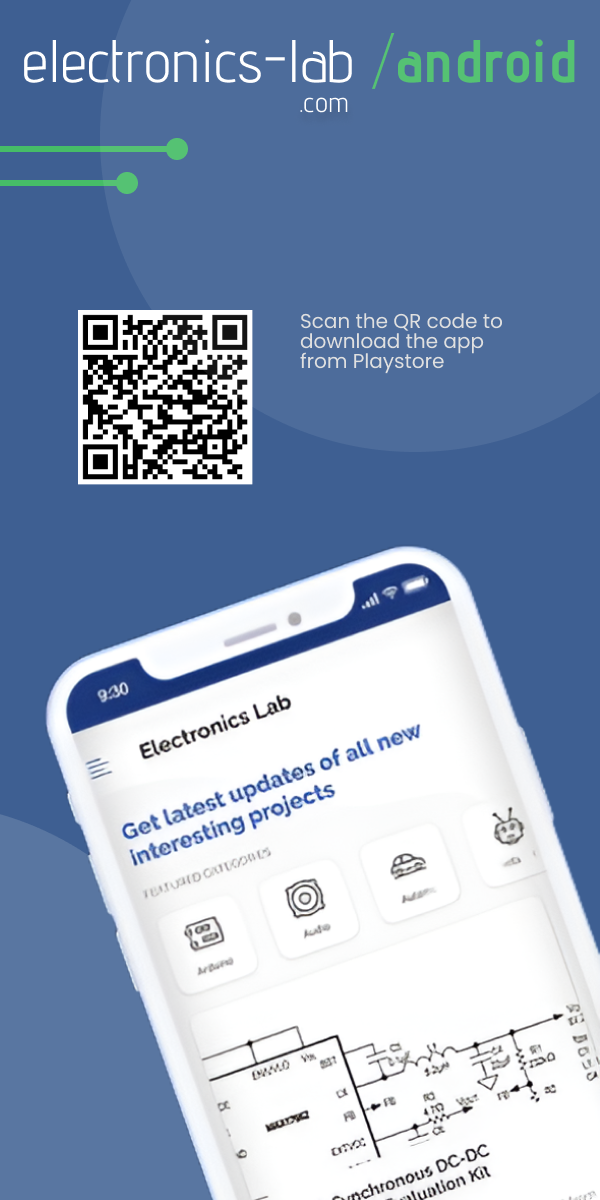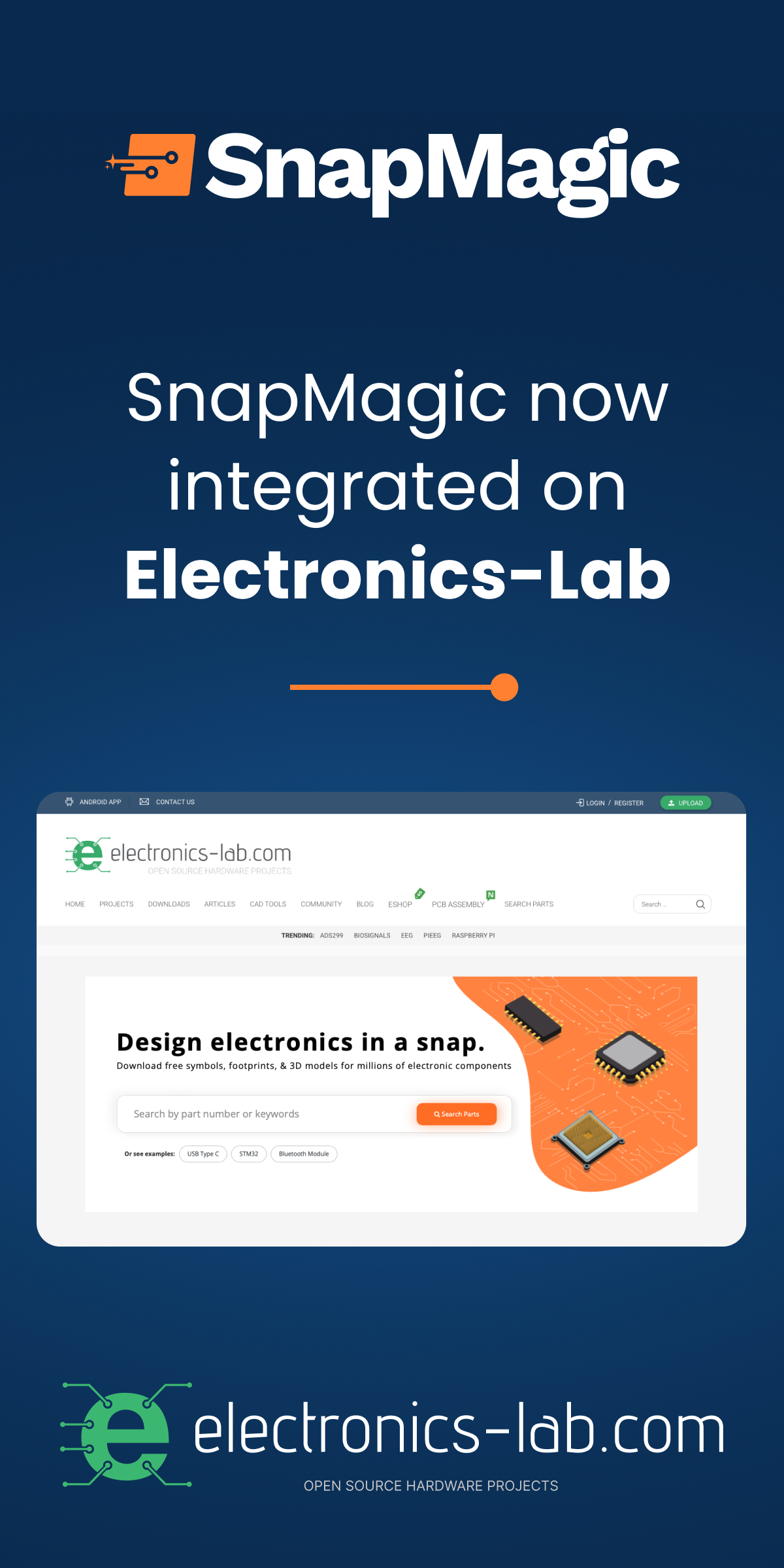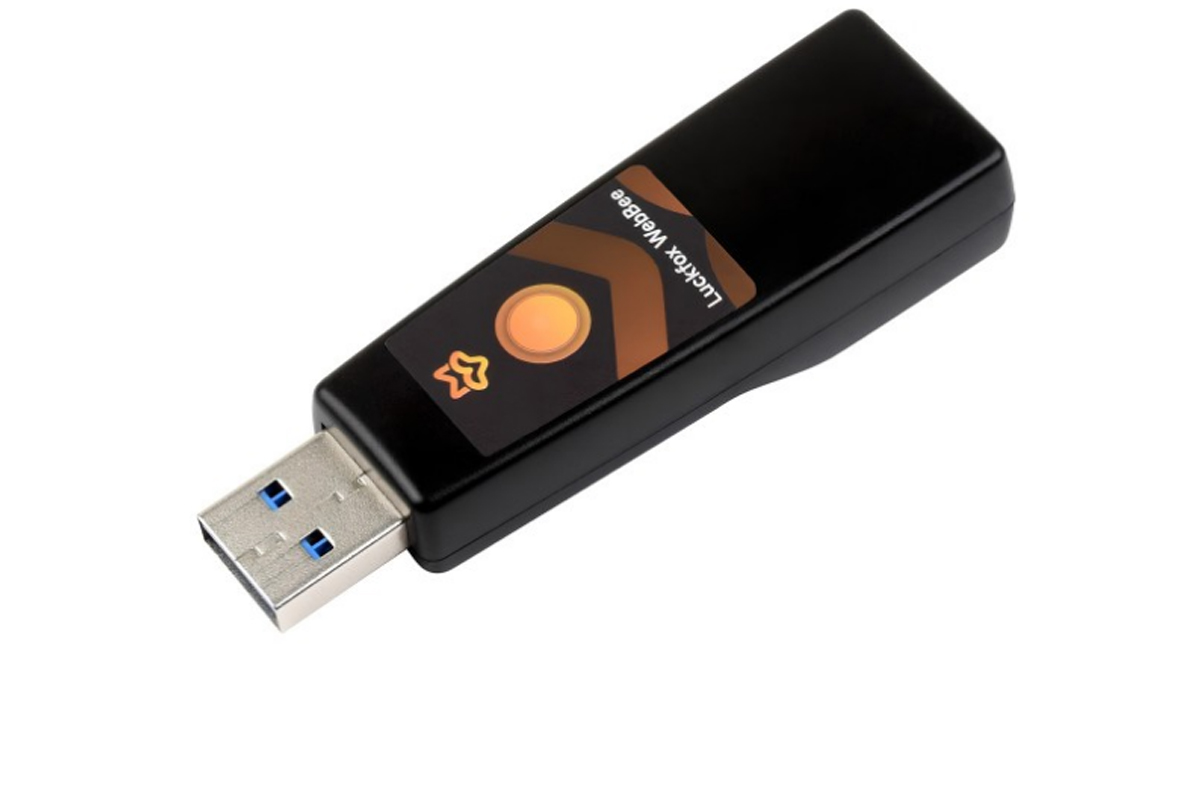
Luckfox Pico WebBee RV1103 Linux Development Board Features ARM Cortex-A7 and RISC-V MCU with Ethernet and USB for IoT and Smart Home Projects
The Luckfox Pico WebBee RV1103 Linux Micro Development Board is a cost-effective development platform powered by the Rockchip RV1103 chip, integrating a single-core ARM Cortex-A7 processor running at 1.2GHz alongside a RISC-V MCU. It features 64MB of DDR2 RAM, a 10/100Mbps Ethernet port with an embedded PHY, and 128MB SLC NAND Flash for reliable storage. This board supports USB 2.0 Host/Device functionality and allows storage expansion or booting via a TF card slot. It is designed for developers and offers a plug-and-play USB Type-A port for input power, program burning, and easy debugging, a customized ABS protective case for durability, and flexible connectivity options.

The board is ideal for networked applications because of its powerful integration of CPU, DDR, PHY, and MAC controller. A convenient and powerful platform for a wide range of IoT and embedded development projects is provided by WebBee, which is perfect for lightweight web servers, USB script tools, and smart home devices. WebBee ensures an easy development process and seamless customization options with extensive software and hardware documentation, along with active community support.
Previously, we wrote about the HiFive Premier P550, a high-performance RISC-V development board designed for Linux development. We have also covered some RISC-V development boards including the Aries Embedded FIVEberry, the Perf-V, the Sipeed’s Mega 138K Pro dev board, and many more. Therefore, feel free to browse those, if you are interested in this topic.

Luckfox Pico WebBee RV1103 Linux Development Board Specifications:
- SoC: Rockchip RV1103
- CPU: Single-core ARM Cortex-A7 @ 1.2GHz with NEON and FPU
- Co-processor: RISC-V MCU
- Memory: 64MB DDR2 RAM
- Storage:
- 128MB SLC NAND Flash
- TF card slot for storage expansion or boot
- Connectivity:
- 10/100Mbps RJ45 Ethernet port (MAC + PHY)
- USB:
- USB 2.0 Host/Device
- USB Type-A port for power, debugging, and program burning
- Misc:
- BOOT button (enter download mode)
- ACT-LED (power indicator)
- Customized ABS protective case
- Power Supply: Via USB Type-A port
- Dimensions: Compact form factor
- 61.50 x 22.90 mm
- 10.50 x 15.10 mm

Additionally, it has an ACT-LED power indicator and a hidden BOOT button for entering download mode. Comprehensive documentation is available on the Luckfox Wiki page, covering image burning for SD cards or SPI NAND Flash on Windows, Linux, and macOS. It also provides detailed instructions for network setup, auto-start configuration, Ethernet connectivity, and accessing the board via ADB or SSH. The documentation further guides users on managing files and executing Linux commands, making the development process smooth and accessible.
You can purchase the Luckfox Pico WebBee RV1103 from its official product page and the Waveshare website for $13.99.






